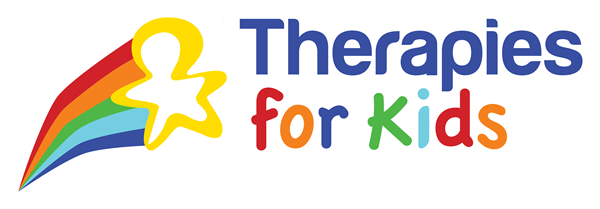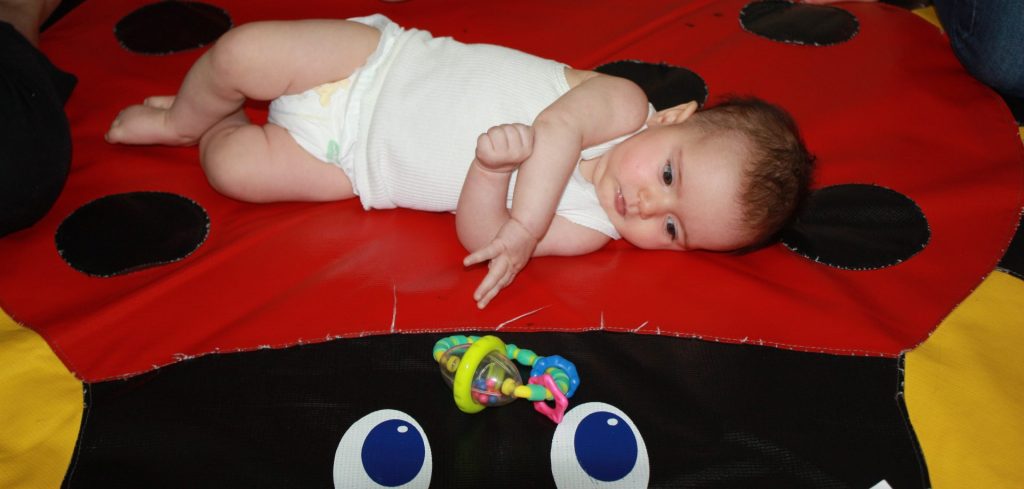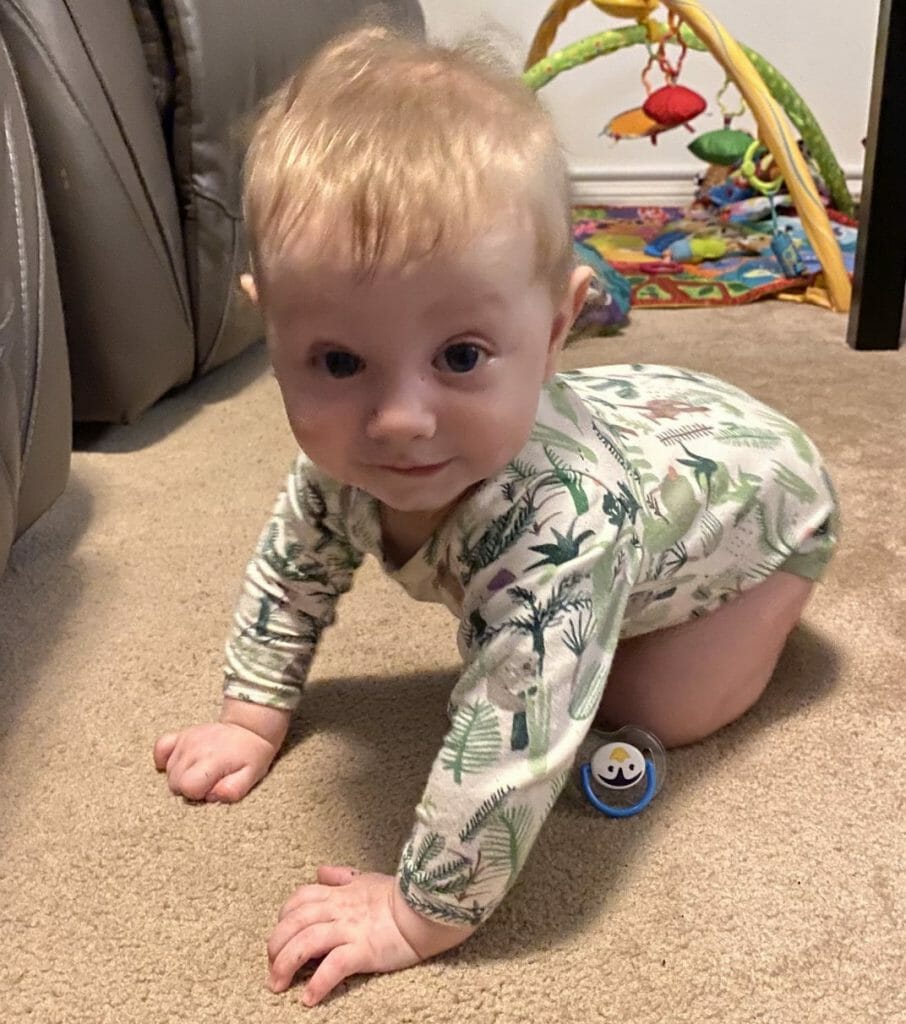General Motor Development
0-2 months
- Babies can move their head to the breast or bottle.
- They practice sucking between feeds by bringing their hands to their mouth.
- They recognise the feeding position.
- They will knead the breast to help with milk flow.
2-4 months
- Babies hold objects placed in their hands.
- They will hold the breast/bottle during feeding.
- They hold and mouth objects and explore with their mouth and tongue.
- Begin to develop head control at 3-4 months.
- Can sit when supported on lap in high chair.
4-6 months
- Increasing development of head and trunk control.
- Sit without receiving help.
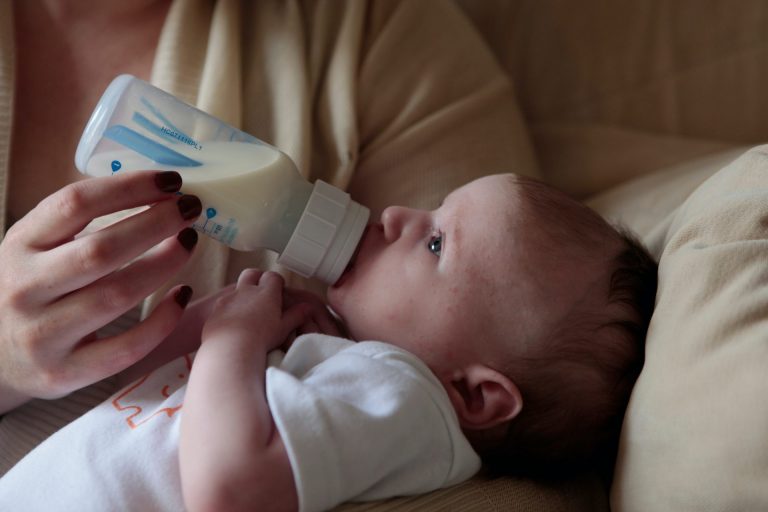
Behaviour Development
Birth
- Babies show likes and dislikes by crying or settling.
- Look at faces/imitate facial movements of parent.
2 months
- Smiles at familiar faces.
3 months
- Some imitation of facial expressions.
- Watches events and responds to them.
- e.g. follows a spoon to parent’s mouth.
- Begins to turn-take with others.
4-6 months
- Gets excited when they see food being prepared.
- Lean towards/reach for your spoon in sitting.
- Open their mouth in expectation of spoon.
- Turn their head and/or push the spoon away when full.
- May clamp their mouth shut when not interested in food.
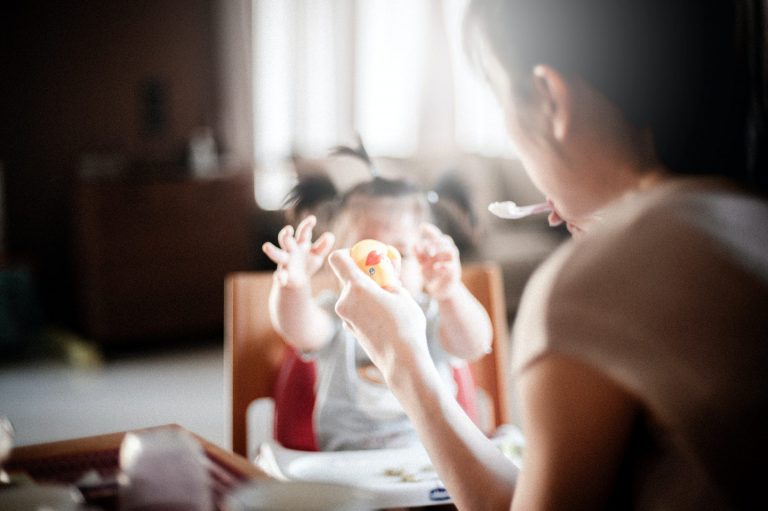
Reflexes 4 to 6 months
- Rooting reflex – disappears by 4 moths and your baby will actively turn their head and move their mouth to suck
- Sucking reflex – by 4 months sucking becomes a voluntary action rather than a reflex
- Tongue thrust – begins to disappear, allowing introduction of spoon feeding.
- Gag reflex – is reducing by 4-6 months due to the increased use of mouthing toys. As they mouth different objects, they get used to the gag reflex and it is stimulated less and needs an object to be further back in their mouth before they will gag. They can successfully deal with different textures, such as a spoon and thicker food, i.e. smooth solid food.
- The gag reflex can still be seen in infants 6 months and older as they are given lumpier food.

Oral-Motor Skills 4-6 months
- Babies can move their jaw up and down.
- Munching movement.
- Can move food from front to back of their tongue to swallow.
- Early oral reflexes are disappearing.
- Opens mouth when sees food approaching.
- Increasing control of mouth, i.e. licking lips/blowing raspberries.
- Exploring things by putting everything in their mouths – even their feet.

Tips to encourage oral stimulation:
- Gentle massage of lips and gums with finger.
- Vibrating toys for facial massage/stimulation.
- Gentle facial massage with different textures.
- Exploring things with different textures for mouthing
Possible signs of feeding/swallowing problems:
- Refusing to eat.
- Poor weight gain.
- Coughing or throat clearing after feeds (wet or gurgly cry).
- Gagging with feeding (especially as introducing solids).

